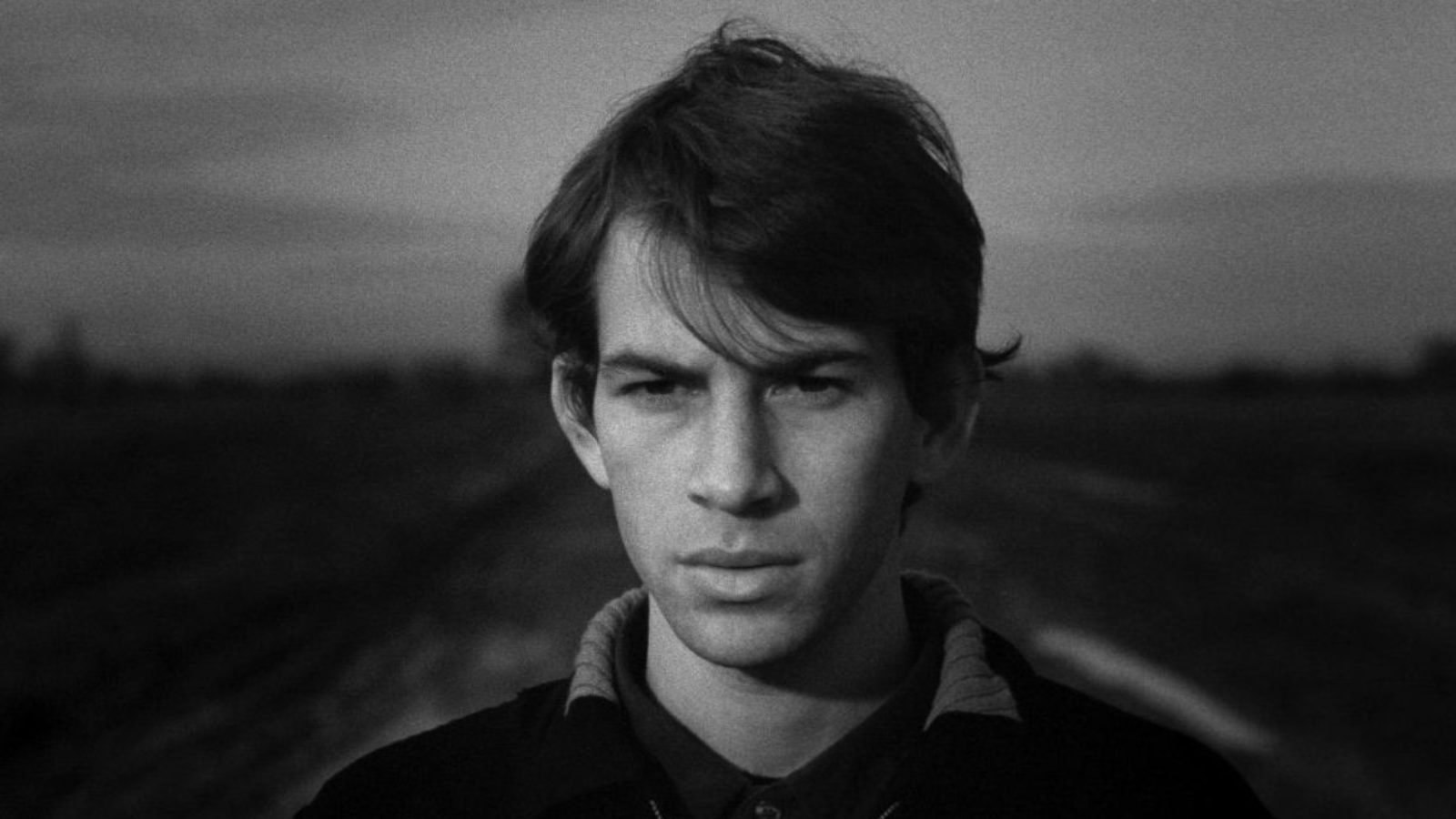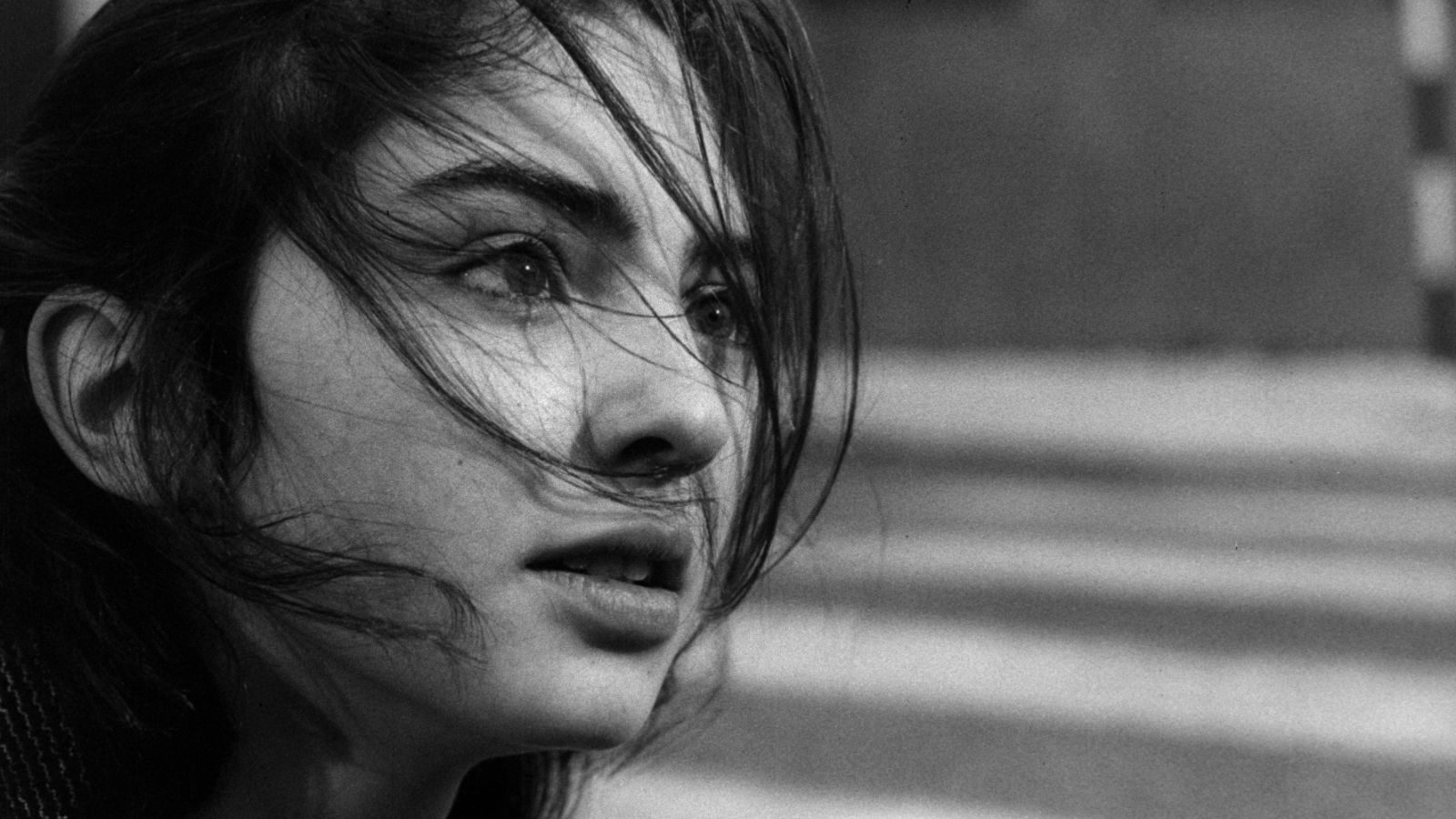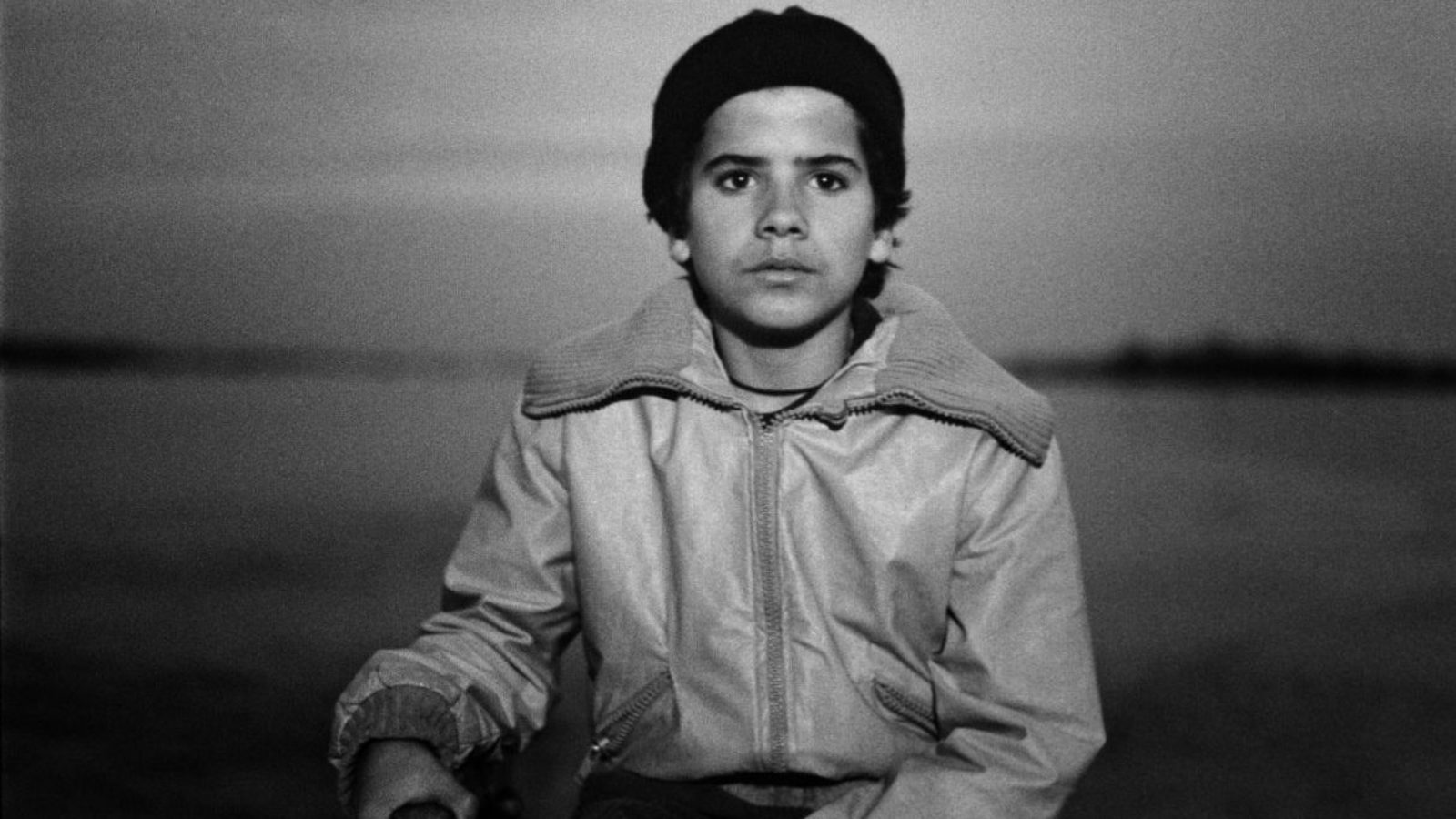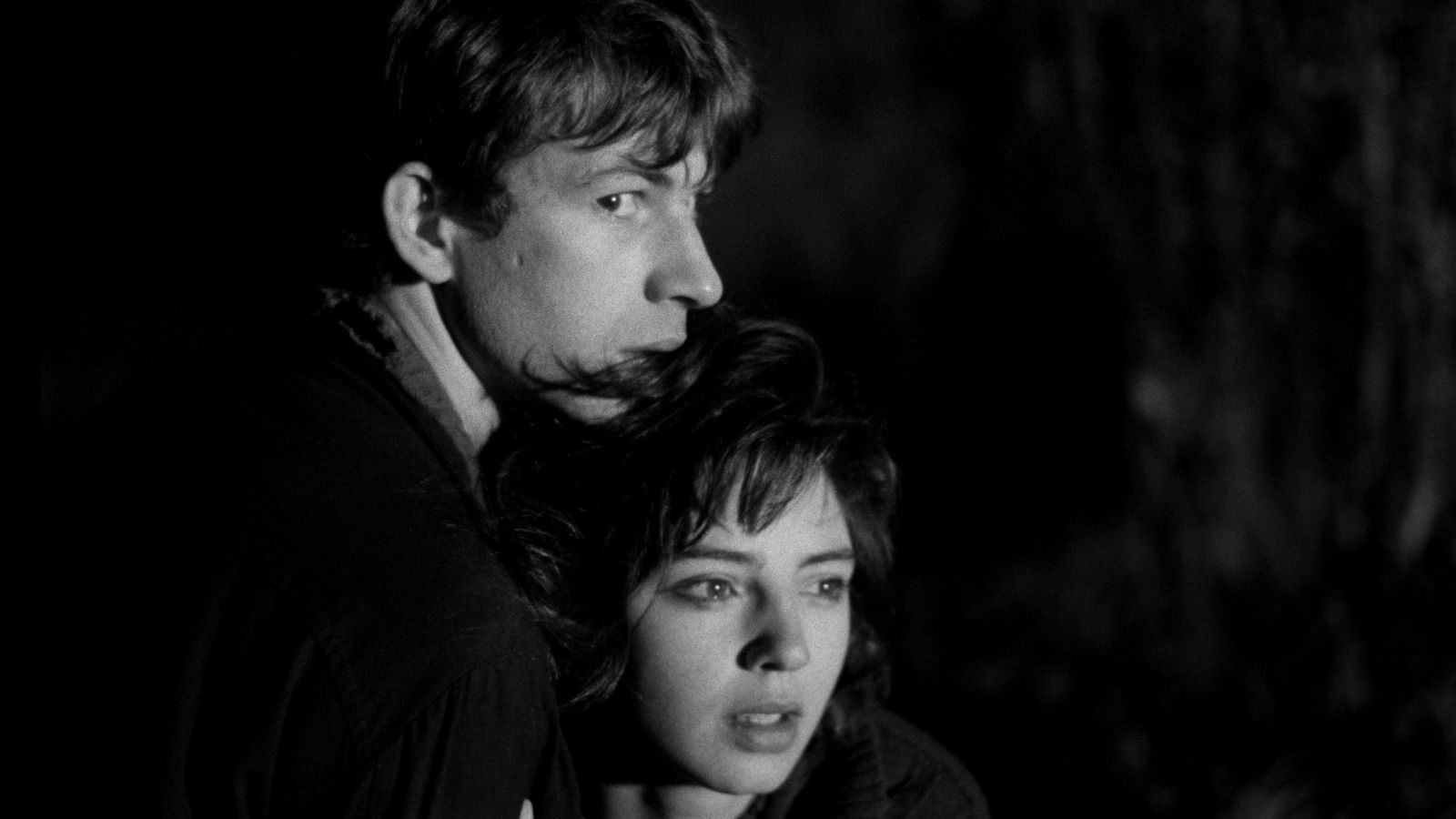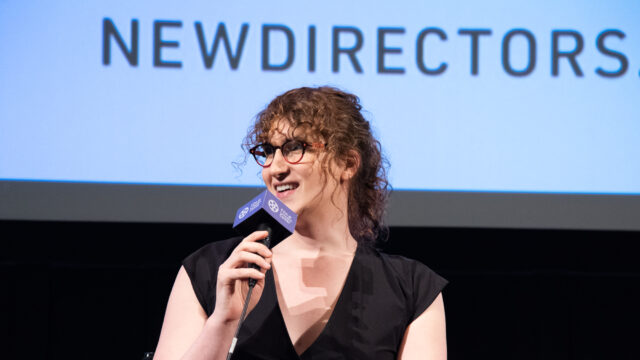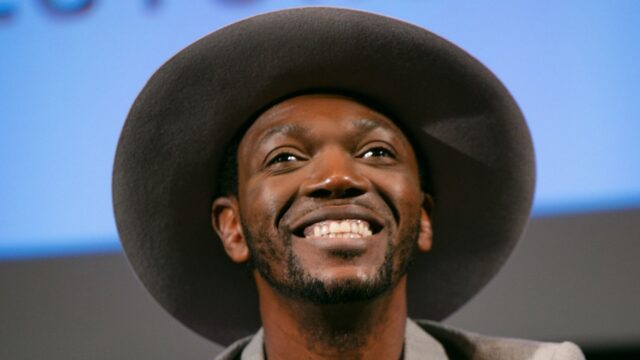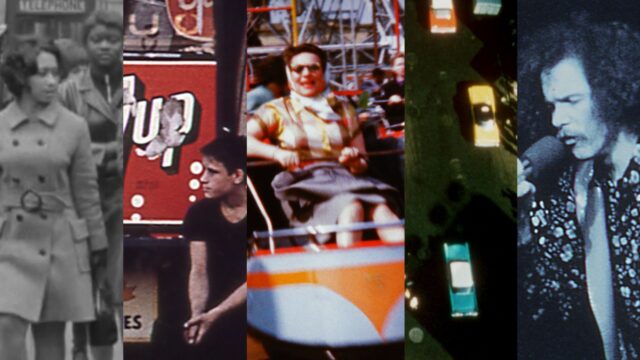O Sangue
Admirers of Pedro Costa’s more recent work are often thrown for a thrilling loop by the glossy, liquid textures and lush atmospherics of the director’s first feature, a beguiling fairytale about the trials undergone by two brothers in the wake of their father’s violent death. Costa, who was barely 30 when O Sangue premiered, had spent the seven years leading up to its production immersing himself in the films of Fritz Lang, Kenji Mizoguchi, Robert Bresson, Jacques Tourneur, and Nicholas Ray. But the film, which begins with a slap to the face, is never less than a bracingly original stream of images and impressions: a nocturnal journey through a brittle forest; a burst of fireworks seen from the balcony of a ghostly hotel; a glittering fairground dream scored to a rhapsodic pop song. “O Sangue,” Costa said in a 2006 interview, “was also the beginning of my love—maybe love is the wrong word—for domestic cinema. A kind of cinema that shows how people live.” This DCP results from a digitization of the original 35mm camera negative and from original 35mm monaural magnetic and optical sound elements preserved at Cinemateca Portuguesa, Museu do Cinema / ANIM. Negative 4K scan on wet gate Oxberry-Cineric scanner and audio recording supervised by Franco Bosco at ANIM. Digital grading and image restoration supervised by Carlos Almeida at IrmaLucia Efeitos Especiais, Lisbon. Colorist: Gonçalo Ferreira. Image Restoration: André Constantino, Ana Cunha. Uncompressed monaural soundtrack supervised by Hugo Leitão at Estúdio Espreita o Som, Lisbon. Image and sound restorations approved by the director, October 2021–February 2022. Special thanks to José Manuel Costa, Rui Machado – Cinemateca Portuguesa, Museu do Cinema / ANIM and Clarão Companhia Prod.



